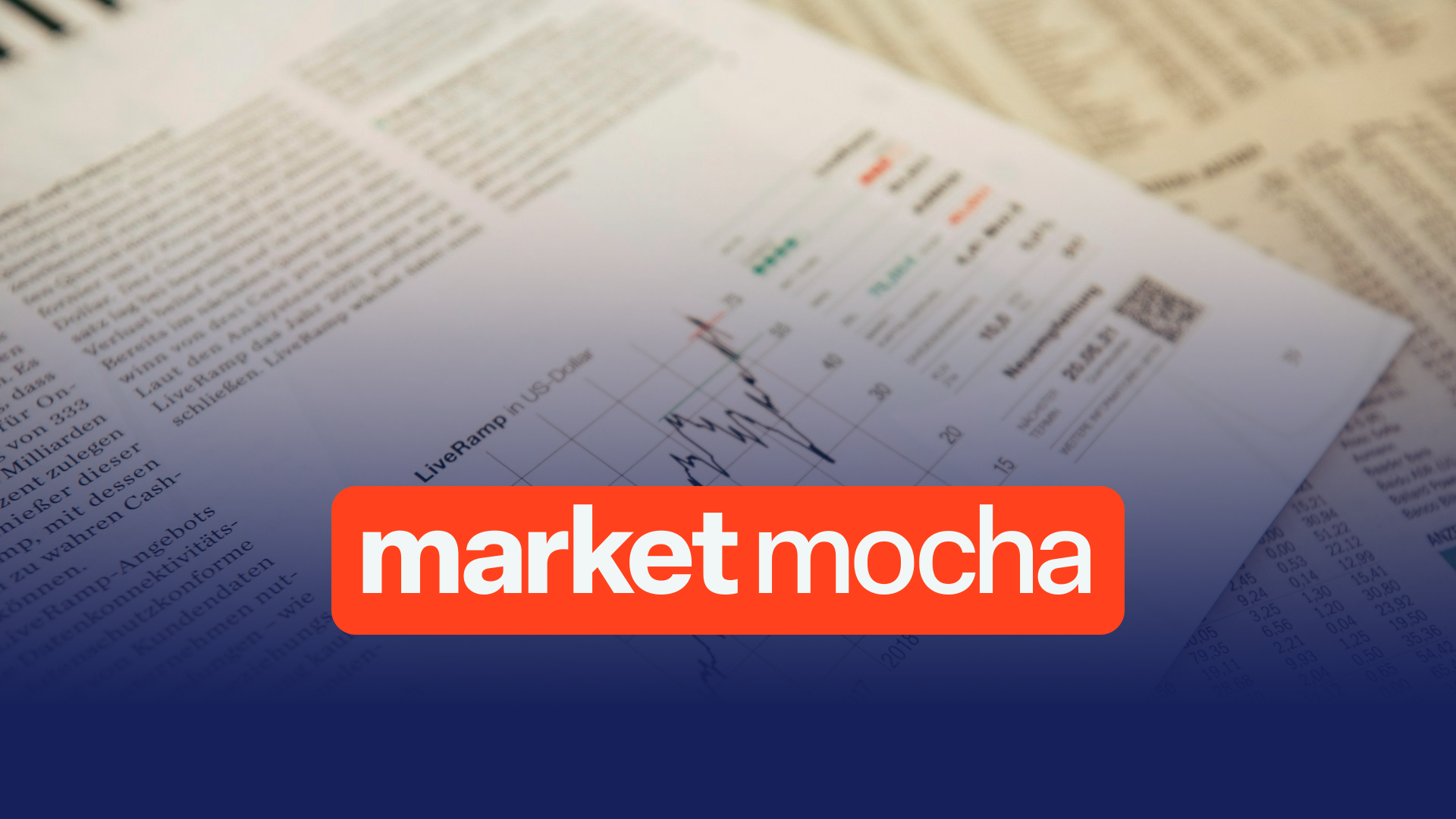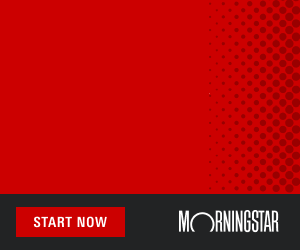Core inflation falls to 4-year low as energy and rents ease, though economists warn price relief may be short-lived
US inflation eased more than expected in March, with consumer prices falling slightly on a monthly basis and annual inflation dropping to its lowest level in six months. But economists caution the reprieve may be fleeting as President Donald Trump’s sweeping tariffs begin to ripple through the economy.
The Consumer Price Index (CPI) fell 0.1% in March after rising 0.2% in February, according to Bureau of Labor Statistics data released Thursday. On a year-on-year basis, CPI rose 2.4%, down from 2.8% in February and below the 2.6% expected by economists polled by Dow Jones.
Core inflation—which strips out volatile food and energy prices—also moderated, rising just 0.1% for the month and 2.8% over the year. That marked the lowest annual increase in core inflation since March 2021.
The deceleration was largely driven by falling energy prices, a slowdown in rent growth, and declines in several key goods and services. Gasoline prices dropped 6.3% in March, leading to a broader 2.4% decline in the energy index. Airline fares tumbled 5.3%, used vehicle prices fell 0.7%, and auto insurance dropped 0.8%. Prescription drug prices also dipped by 2%.
Shelter costs—accounting for about one-third of the CPI—rose just 0.2% for the month, bringing the annual increase to 4%, the slowest pace since November 2021. Rent inflation has now slowed for four consecutive months as falling prices for new leases begin filtering into the broader market.
Yet food prices offered little relief. Grocery costs rose 0.5%, led by another 5.9% spike in egg prices, now up a staggering 60.4% over the year due to supply disruptions from an avian flu outbreak. Other increases included ground beef (up 3.1%), bacon (2.4%), and breakfast cereal (1.6%).
Tariff turmoil clouds the outlook
While the inflation figures provided a welcome surprise to households and markets, the broader picture remains uncertain. On April 9, President Trump announced a 90-day pause on most of the largest planned tariffs but maintained a 10% blanket levy on virtually all imports and raised duties on Chinese goods to 125%.
These actions mark the most aggressive US tariff regime in over a century. Economists widely expect the new duties to raise costs for businesses and consumers in the coming months.
“Today’s softer-than-expected CPI release feels backward looking,” said Kay Haigh, global co-head of fixed income at Goldman Sachs Asset Management. “Going forward, the Fed is likely to face a difficult trade-off as tariff-driven price increases start to feed through to the inflation data and activity remains soft.”
EY-Parthenon economists estimate the new tariffs could push annual CPI inflation up by 0.8 percentage points this year. Meanwhile, Goldman Sachs noted that Trump’s earlier 20% tariffs on Chinese goods already appear to have modestly raised prices for products like furniture and apparel in March.
Economist Robert Frick of Navy Federal Credit Union said the CPI report may represent the “calm before the storm.”
“We may be whistling past the graveyard right now,” Frick said. “Costs are going to increase.”
Fed caught between cooling inflation and trade risks
The inflation slowdown comes at a delicate moment for the Federal Reserve. Markets had been anticipating a potential rate cut in June, but the rising uncertainty around tariffs and their economic impact may force policymakers to hold off until later in the year.
Futures pricing on Thursday showed traders still expecting three to four rate cuts by year-end, though the expected timing of the first move is now leaning towards September.
“The Federal Reserve’s job is getting easier,” said Skyler Weinand, CIO at Regan Capital. “But they’re still stuck. The on-and-off tariff policy is making it nearly impossible for them to gauge inflation expectations.”
JPMorgan economist Michael Feroli noted that while the average US tariff rate may rise from 23% to 25%, the sharp reduction in Chinese imports could blunt its inflationary impact. Still, the policy uncertainty remains a major constraint on central bank decision-making.
Markets react cautiously
Despite the cooler inflation print, markets opened lower Thursday. Stock futures turned negative, and Treasury yields also dipped. The US dollar softened as traders weighed the possibility of earlier Fed rate cuts. Meanwhile, gold jumped 1.4% to around US$3,125 per ounce, edging closer to record highs, and Bitcoin pulled back slightly to US$81,500 after Wednesday’s rally.
The CPI data follows a volatile week in which Trump stunned markets by suspending some of the largest planned tariffs while reaffirming steep duties on Chinese imports. While the announcement prompted a massive rally on Wednesday, analysts remain sceptical about its durability.
“Tariffs will snatch defeat from the jaws of victory,” said economist Samuel Tombs of Capital Economics. “Consumers have remained largely unaffected so far, but that’s coming.”
A temporary dip?
The March CPI report was the first monthly decline in prices since May 2020 and offered hope that the inflation surge that began in 2021 was finally behind the US economy. But economists warn that the longer-term trajectory depends heavily on trade policy.
“The decline in core inflation in March will definitely be welcomed by the Fed,” said Brian Coulton, chief economist at Fitch Ratings. “But we know firms had been sucking in huge amounts of imports in advance of tariff hikes, so the shock to consumer goods prices from tariffs is not reflected yet.”
If tariffs drive inflation back up while simultaneously weighing on growth and consumer spending, the Fed could face a stagflationary dilemma—trapped between high prices and a slowing economy.
“The Fed remains in a tough spot,” said Ellen Zentner, chief economist at Morgan Stanley Wealth Management. “They’re caught between a trade war causing tight financial conditions and the risk of inflation re-accelerating.”
For now, March’s inflation print may offer a brief reprieve. But the real test lies ahead.





